Vermiculture, or the process of using worms to break down organic matter into nutrient-rich compost, has become increasingly popular in recent years. One common method of vermicomposting is using windrows, which are long, narrow piles of organic matter that are turned regularly to promote composting. While windrows can be an effective method of vermicomposting in temperate climates, there are pros and cons to consider.
Pros of Using Windrows for Vermiculture in Temperate Climates:
Cost-Effective: Windrow vermicomposting can be a cost-effective method of composting, as it does not require expensive equipment or infrastructure. All that is needed is a flat, open space to build the windrows and a way to turn the piles regularly.
Scalable: Windrow vermicomposting can be easily scaled up or down depending on the amount of organic matter being composted. This makes it a great option for large-scale composting operations or small-scale home composting.
Fast Composting Time: Windrow composting allows for a relatively fast composting time compared to other methods. This is because the constant turning of the piles aerates the compost, which speeds up the decomposition process.
Cons of Using Windrows for Vermiculture in Temperate Climates:
Temperature Control: One of the biggest challenges with windrow vermicomposting in temperate climates is controlling the temperature of the compost. If the temperature drops too low, the worms may become less active, slowing down the composting process. Conversely, if the temperature gets too high, the worms may die off, leading to a decrease in compost quality.
Nutrient Loss: Windrow composting can also lead to nutrient loss if not done correctly. If the windrows are not turned regularly, the organic matter in the center may not compost properly, leading to nutrient loss and a decrease in compost quality.
Pest and Odor Issues: Windrow composting can attract pests such as rodents and flies, and can also generate unpleasant odors. This can be a problem if the windrows are located near residential areas or businesses.
Summary
In conclusion, windrow vermicomposting can be an effective method of composting in temperate climates, but it is important to consider the pros and cons before getting started. Windrow composting is cost-effective, scalable, and has a relatively fast composting time. However, controlling the temperature, preventing nutrient loss, and dealing with pest and odor issues can be challenging. By understanding these factors and taking the necessary precautions, you can successfully use windrow vermicomposting to produce nutrient-rich compost and reduce waste in a sustainable and regenerative way.



